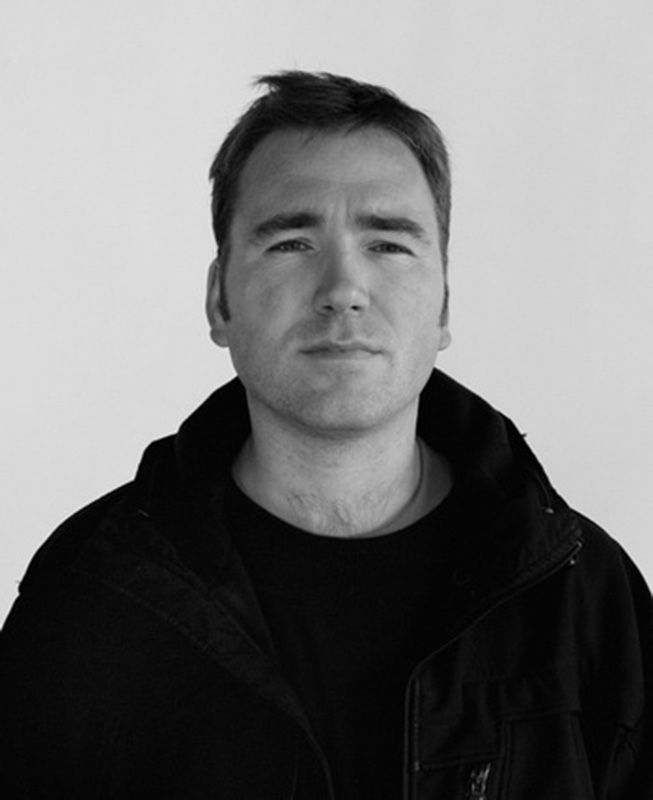
Over the past twenty years or so, Charles Fréger has developed a dense and singular body of work, with almost encyclopedic ambitions. The large body of photographs he has built up since 1999 testifies to his insatiable quest: to go out into communities, whether sporting, military, festive or scholastic, to consider the individuals who make them up, to detect the links, rituals and forms that unite them. In each of these circles, Charles Fréger focuses on the body and clothing as ambivalent territories. There, then, lies the image he seeks. Long assembled under the generic title of “Photographic Portraits and Uniforms”, the work initially revealed itself to be heir to a certain Nordic tradition. Augmented by performances and videos, it evolved, eventually reaching a fundamentally theatrical dimension.
Distancing himself from portraiture as he had practiced it up to then: after the uniform, linking to the community, he turned to costume as a vehicle for embodiments of a becoming-animal, vegetal. Since 2010, he has devoted four books to masquerades: Wilder Mann, dedicated to the European continent (2010-), Yokainoshima (2013-2015), located on the Japanese archipelago, Cimarron (2014-2018) anchored in the territories of the Americas and finally Aam Aastha (2019-2022), in India.
At the same time, since 2015, he has been exploring another avenue, through silhouetted photography. He takes as his subject the figures of a common visual culture. Among them, Joan of Arc and her epic. Essentialising the figure to its contours, the subject became the image and its historical fortune: no longer the figure of Joan, but her representations, her “uses”. The work is nourished by iconographic research, deliberately mixing the erudite and the popular, blending the medieval and the 21st century.
Charles Fréger, born in 1975, lives in Normandy, France. In recent years, he has exhibited at the Musée d’histoire de Nantes, the Musée des confluences (Lyon), the Armani Foundation (Milan) and the Rencontres d’Arles. Three books were published in 2023: Aam Aastha, Incarnations et divinités en Inde (Thames & Hudson/Actes Sud/ Seigensha); La Suite Basque (L’Artière); Souvenirs d’Alsace (Musées de Strasbourg).
